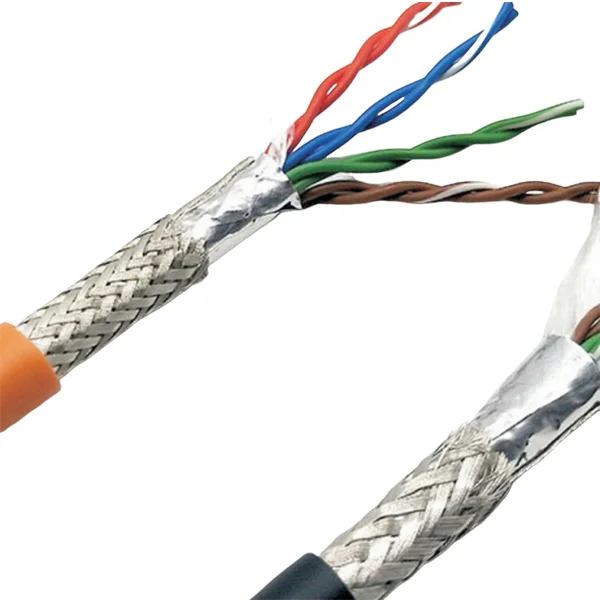When it comes to soldering in electronics, the choice of solder can significantly impact the performance and reliability of the final product. Among the myriad of options available, one question often arises: What solder is most conductive? This inquiry not only reflects a desire for optimal electrical performance but also highlights the importance of understanding the properties of different solder materials. In this article, we will explore the various types of solder, their conductivity, and how to choose the right one for your specific applications.
Understanding Solder Composition
Solder is primarily composed of a metal alloy that melts at a relatively low temperature, allowing it to bond electrical components together. The most common types of solder include:
- Lead-Based Solder: Traditionally, lead-tin solder (typically 60/40 or 63/37 tin-lead ratios) has been the go-to choice for many applications due to its excellent conductivity and ease of use. Lead has a high electrical conductivity, making this type of solder one of the most effective options for electrical connections.
- Lead-Free Solder: With increasing regulations around the use of lead, lead-free solders have gained popularity. Common lead-free alloys include tin-copper (SAC), tin-silver-copper (SAC), and tin-zinc. While these solders are generally less conductive than their lead-based counterparts, advancements in alloy formulations have improved their performance.
- Silver Solder: Silver solder, which contains a higher percentage of silver, is known for its superior conductivity. It is often used in specialized applications where high electrical performance is critical, such as in RF (radio frequency) applications and high-end audio equipment.
Conductivity Comparison of Solder Types
To determine which solder is the most conductive, we must consider the electrical conductivity of the materials involved. Conductivity is typically measured in terms of resistivity, with lower resistivity indicating higher conductivity. Here’s a comparative analysis of the conductivity of various solder types:
- Lead-Based Solder: The resistivity of lead-tin solder is approximately 15.88 µΩ·cm, making it one of the most conductive options available.
- Lead-Free Solder: The resistivity of common lead-free solders varies:
- Tin-Copper (SAC): Approximately 20 µΩ·cm
- Tin-Silver-Copper (SAC): Approximately 18 µΩ·cm
- Tin-Zinc: Approximately 25 µΩ·cm
- Silver Solder: Silver solder can have a resistivity as low as 15 µΩ·cm, depending on the specific alloy composition, making it comparable to lead-based solder in terms of conductivity.
Factors Influencing Solder Conductivity
While the base material of the solder plays a crucial role in its conductivity, several other factors can influence performance:
- Temperature: The conductivity of solder can change with temperature. Higher temperatures generally improve conductivity, but excessive heat can also lead to oxidation and degradation of the solder joint.
- Oxidation: Oxidation can create a barrier that reduces conductivity. It is essential to ensure that the surfaces being soldered are clean and free from oxidation to maintain optimal electrical performance.
- Joint Quality: The quality of the solder joint itself can affect conductivity. A well-made joint with proper wetting and minimal voids will exhibit better conductivity than a poorly made joint.
Choosing the Right Solder for Your Application
When selecting solder for a specific application, consider the following factors:
- Application Requirements: For high-performance applications, such as RF circuits or high-fidelity audio, silver solder may be the best choice due to its superior conductivity. For general electronics, lead-based solder remains a reliable option, while lead-free alternatives are suitable for compliance with environmental regulations.
- Environmental Considerations: If your application is subject to regulations regarding lead usage, lead-free solder is a must. Be sure to evaluate the specific properties of the lead-free solder you choose to ensure it meets your conductivity needs.
- Cost vs. Performance: While silver solder offers excellent conductivity, it is also more expensive. Weigh the cost against the performance benefits to determine the best solder for your budget and application.
Conclusion
In conclusion, the question of what solder is most conductive does not have a one-size-fits-all answer. Lead-based solder remains a top contender for conductivity, while silver solder offers comparable performance in specialized applications. Lead-free solders are improving in conductivity but may not yet match the performance of their lead-based counterparts. Ultimately, the choice of solder should be guided by the specific requirements of your project, including conductivity, regulatory compliance, and cost considerations. By understanding the properties of different solder types, you can make informed decisions that enhance the performance and reliability of your electronic assemblies.



